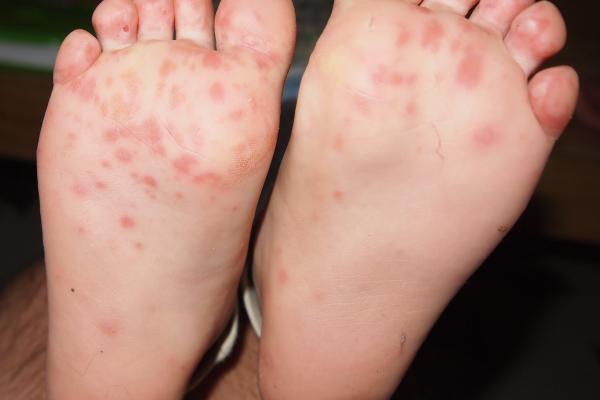School is back in session, and Hand, Foot and Mouth Disease (HMFD) is something to be on the lookout for in all children, especially those in pre-school who haven’t developed the appropriate antibodies that fight the disease.
Hand, Foot and Mouth Disease sounds almost like a made up illness, but the fact is it’s no joke.
HFMD is very common, especially in children under 5 years of age. It is the result of a viral infection and causes rashes on the feet and hands, as well as painful blisters around the nose and mouth. (Note: it is not related to the disease with a similar name, Foot and Mouth Disease, or FMD, which affects cloven-hooved animals like cattle sheep and goats.)
The viruses are usually found in the infected patient’s saliva, nose mucus, feces and blister fluid and can be spread by the oral and fecal route, including:
Close personal contact with an infected person
Contact with airborn viruses spread by coughing and sneexing
Touching contaminated object
Direct or Indirect contat with infected feces
Children in school and childcare centers who have regular contact with other children have the highest risk of being infected with Hand, Foot and Mouth Disease. It typically occurs in mild cases in which it clears up on its own, however some more severe cases might require a higher level of care. If you have a child at risk, you should be on the lookout for the symptoms which can occur between 3-7 days following contact with the virus.
Hand, Foot and Mouth Symptoms
24 – 48 hours fever and/or sore throat
Rash with flat, red blisters on the hands and soles of feet 1 to 2 days after fever
Throat, Nouth and tongue ulcers
If the symptoms don’t clear up in a week or two, consult with your doctor. Currently there are no specific treatments for HFMD. Over-the-counter medications that relieve pain and fever may be helpful in some instances.

